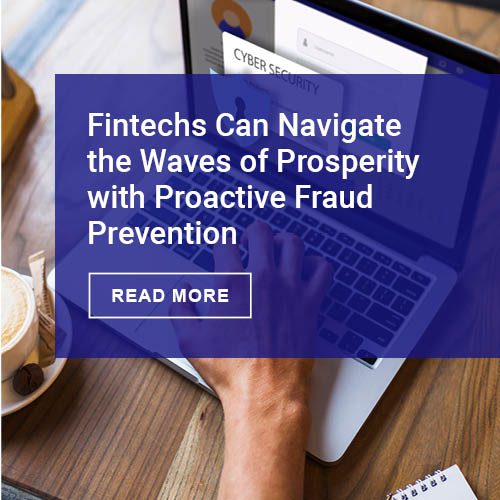Credit cards face a battery of regulations, most of which make sense. Many country markets have local versions of Fair Lending, Fair Collections, Clear Disclosure, and Explicit Pricing. If you are a credit card lender that grew up in the banking system, you accept, comply, and execute. If you are a Buy Now, Pay Later (BNPL) lender, the regulations do not typically apply. You are not likely a bank lender or a credit card issuer.
Back in 1968, the U.S. enacted the first consumer protection requirement for credit cards. Long before the days of magnetic stripes, credit cards started to gain traction with high-end consumer segments. The Consumer Credit Protection Act of 1968 (CCPA) provided fundamental guidelines for interest rate disclosures, term requirements, and fairness. CCPA was a big step for fair lending, pioneered by the Lyndon Johnson administration.
Those regulations were inciteful, particularly when you consider that total revolving debt in the U.S. market was all of $1.8 billion in December 1968. Today, the metric is right below $1 trillion.
Now BNPL is gaining scale throughout the world, and regulators are beginning to take action. Today’s read comes from The New Daily, an Australian news source:
- Consumer advocates call for greater regulation of the buy-now-pay-later industry after corporate regulator ASIC found one in five users were regularly skipping meals to avoid late payment fees.
- ASIC’s widely anticipated review found that 21 percent of users had missed a payment, and 20 percent had gone without or cut back on essentials due to overspending.
- As a result, 15 percent had taken out additional loans to pay off their BNPL debts – prompting consumer groups to warn that self-regulation doesn’t work.
- The corporate regulator’s latest industry update found the total amount of credit extended to BNPL users over 2018-19 almost doubled compared to the previous financial year.
The Australian Securities and Investment Commission (ASIC) is taking the lead in regulating BNPL lending. Expect to soon hear from a regulator in your market:
- Transaction numbers also spiked by 90 percent, rising from 16.8 million in 2017-18 to 32 million over the following 12 months.
- ASIC said BNPL services, which do not require credit checks, encouraged some users to overspend and fall into serious indebtedness – contrary to their marketed benefits as a budgeting tool.
Mercator’s PaymentsInsight survey found that the sweet spot for BNPL borrowing is millennials and Gen-Z. This is similar to the findings in the article:
- And younger shoppers were overrepresented in that cohort.
- Roughly half of all users who took out an additional loan or skipped on essentials to afford their overextended spending were aged between 18 and 29.
- RateCity research director Sally Tindall said the report confirmed two pitfalls associated with BNPL: Impulse buying and overspending.
- “Young people are turning to BNPL services ahead of credit cards, and they are learning about the world of credit through these platforms, and there’s no question it becomes the school of hard knocks for some people,” Ms. Tindall told The New Daily.
Not everyone is on board with the upcoming regulations:
- It comes after Liberal senator Andrew Bragg last week told the Australian Financial Review that regulating the emerging BNPL industry risked “hacking to death fintech innovation.”
But, the counter-argument is clarity and fair lending:
- Consumer Action Law Centre CEO Gerard Brody, however, told The New Daily it was “concerning” that a lack of regulation had created the foundations for over-indebtedness, particularly among young people.
- With the Coalition also hoping to unwind responsible lending laws in the new year to stimulate the economy, Mr. Brody held concerns that ASIC’s preference for providers to self-regulate could entrench users’ financial woes as BNPL use continues to rise.
- “Because it’s unregulated, BNPL will rarely show up on a credit report – so moving lending to focus on credit risk rather than affordability risks over-indebtedness,” Mr. Brody said.
Will regulatory intervention be a buzz-kill for BNPL? We will have to see. But in the interim, fair is fair.
Overview provided by Brian Riley, Director, Credit Advisory Service at Mercator Advisory Group











